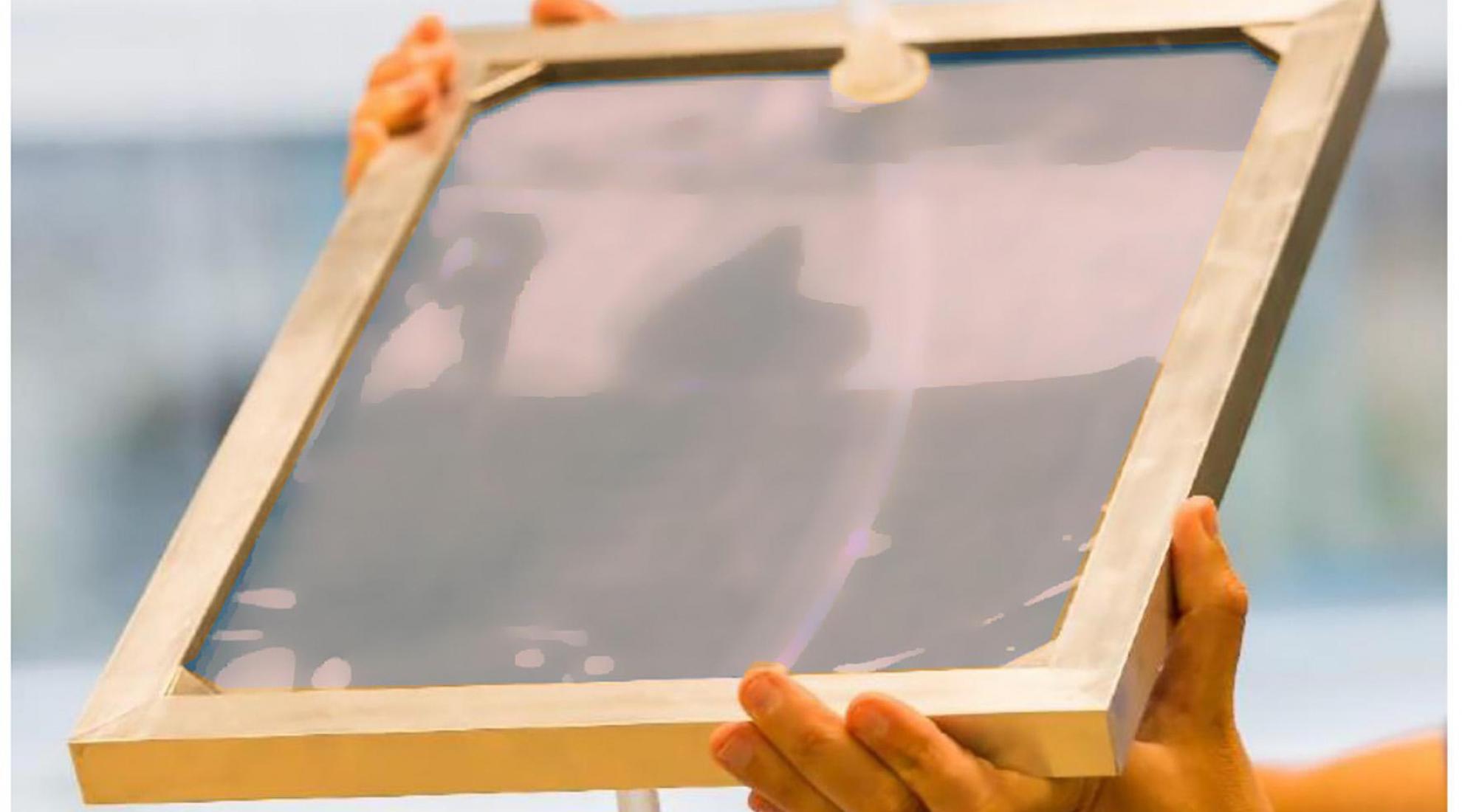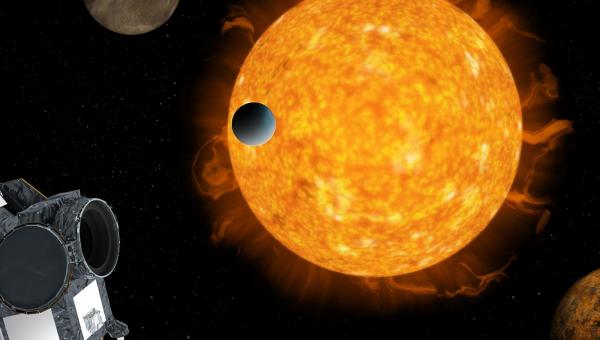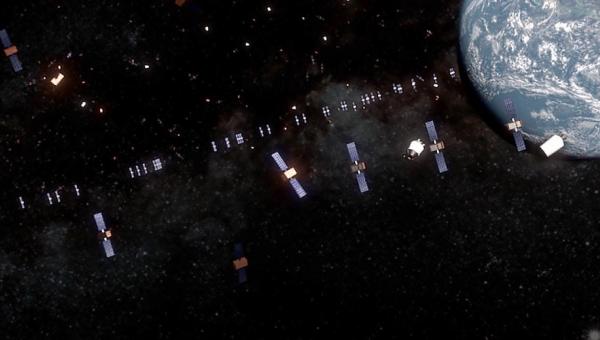A filter powered entirely by solar energy purifies contaminated water

According to UNICEF, an estimated 1,800 children die every day from diarrheal diseases caused by unsafe water. A research team from EPFL Lausanne has come up with a solution to treat contaminated drinking water in remote places with no electricity.
A group of scientists at EPFL Lausanne has unveiled a prototype low-cost filter that efficiently decontaminates water using only power from the sun. The device is intended to provide clean drinking water for people in regions with little or no electricity.
Clean water for better health
In the journal npj Clean Water, the researchers from Lausanne report that the filter can efficiently capture, break down and eliminate human pathogens such as bacteria and large viruses. The device has been tested with E. Coli bacteria, the gold-standard for bacterial survival studies. A pilot study also showed encouraging results in reducing drug residues and traces of pesticides in drinking water.
Powered by sunlight alone
The filter consists of an interweaving of titanium oxide nanowires and carbon nanotubes and uses only sunlight as an energy source. When UV light – from the visible spectrum of sunlight – hits the filter, it causes it to produce a group of molecules called ‘reactive oxygen species’. These are known to be effective pathogen killers. A small prototype of the water-filtering device with a surface area of 0.3 m2 can supply two liters a day of decontaminated water, and could easily be scaled up by increasing the filter’s surface area.
Our prototype can supply clean drinking water even in remote places to small populations and could be easily scaled-up.
First step towards large-scale production
According to the study, the filter would likely perform better if additional gold nanoparticles were incorporated. A differently structured surface could also help the filter capture more sunlight. The publishers hope for a strong follow-up from the scientific community to perfect the device and attract funding to scale up production.
The world desperately needs efficient, cost-effective water treatment methods – at least 1.8 billion people drink water contaminated with feces every day, according to the WHO. This problem is especially critical in electricity-poor regions, where there are no advanced water purification infrastructures.




